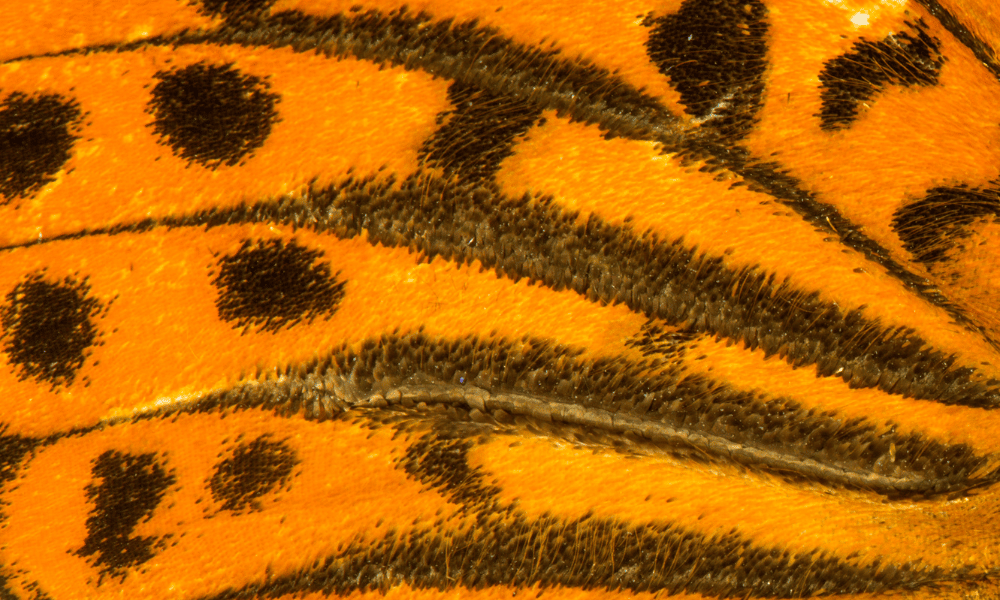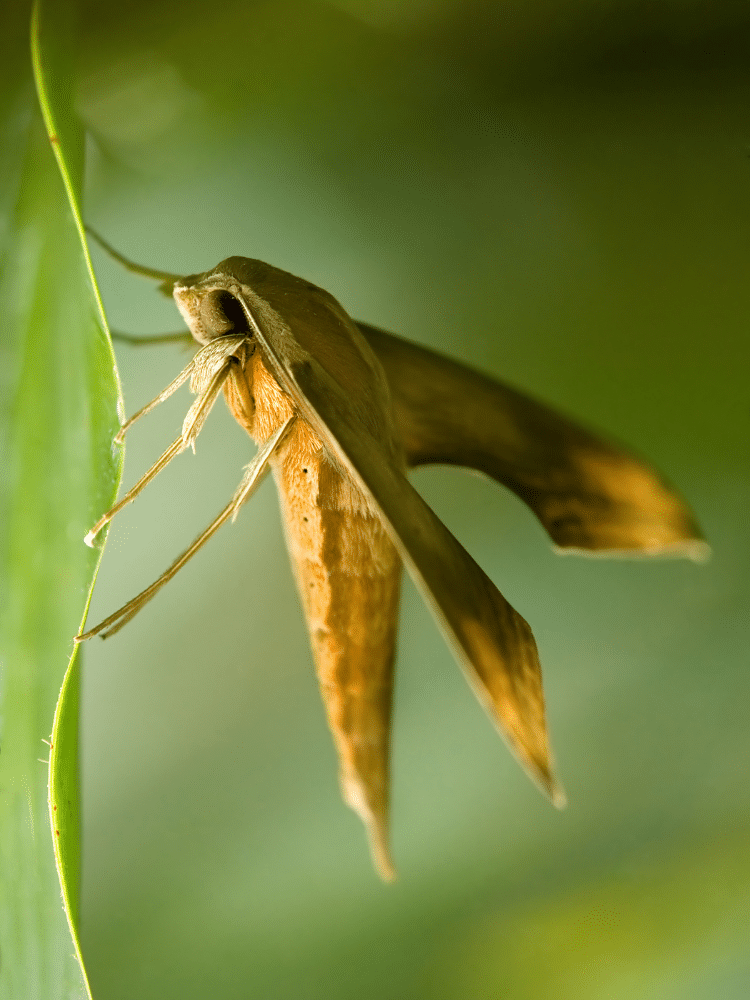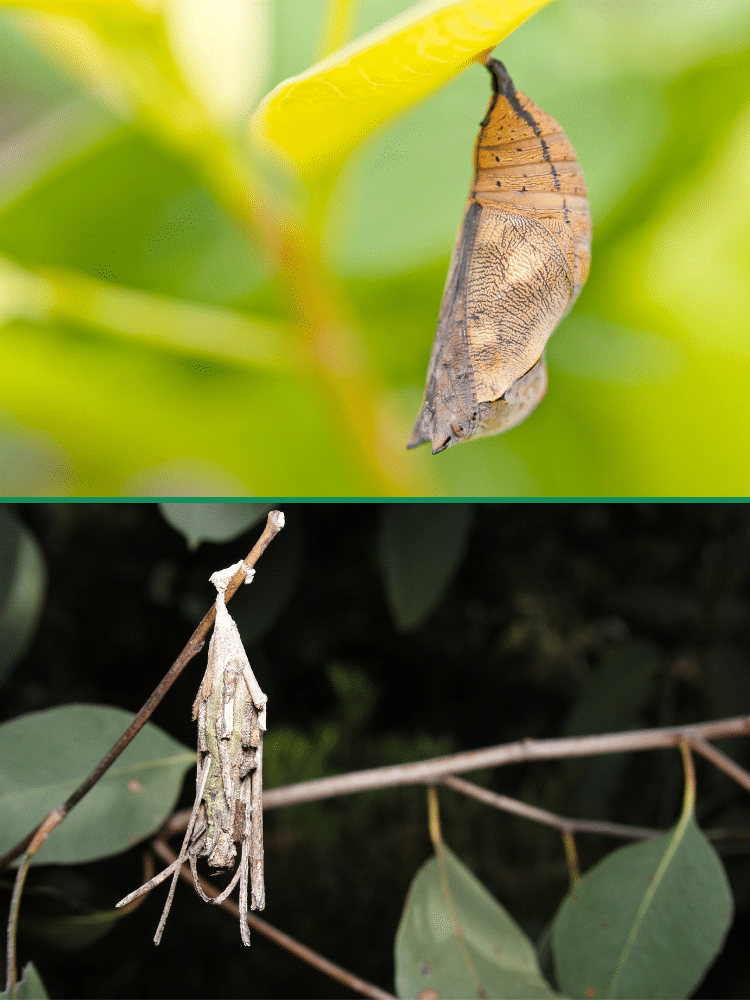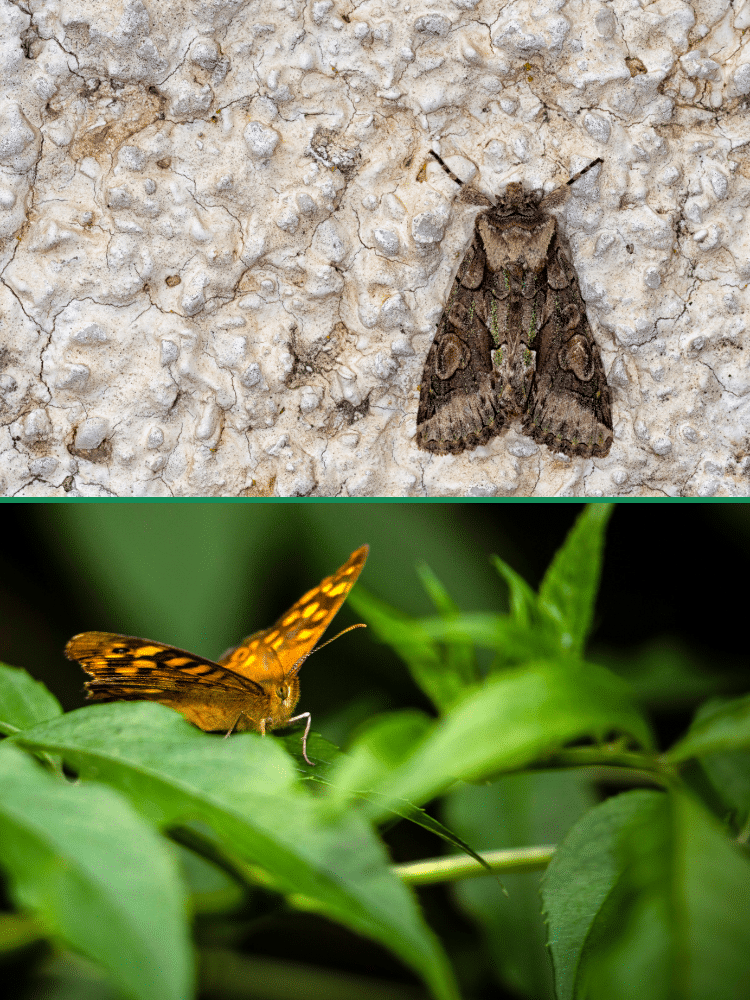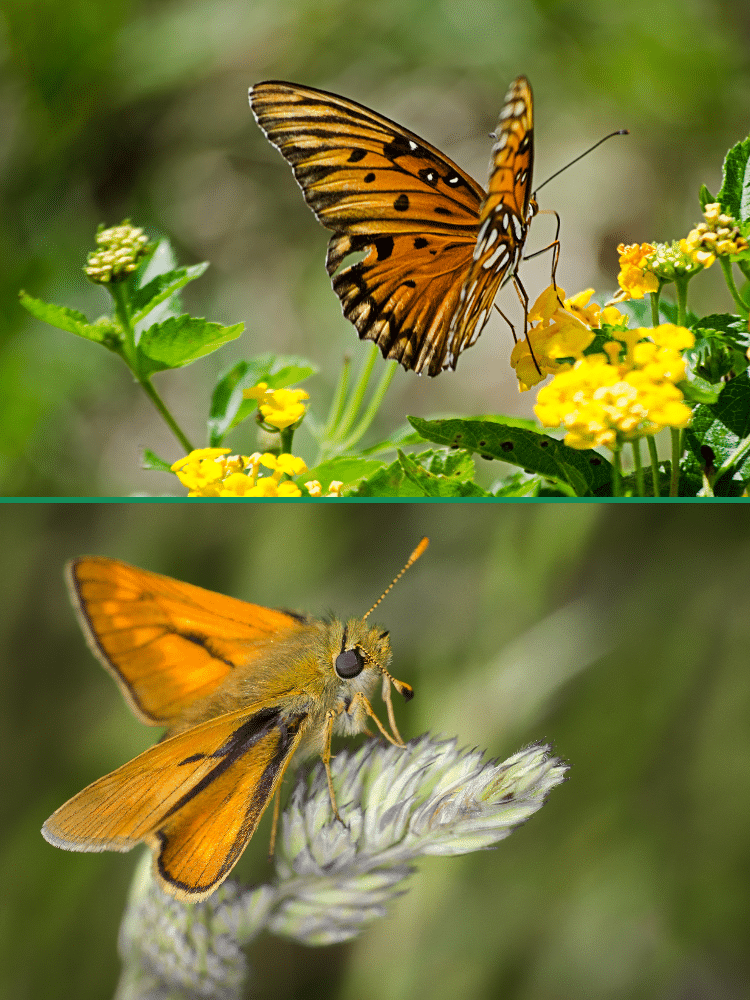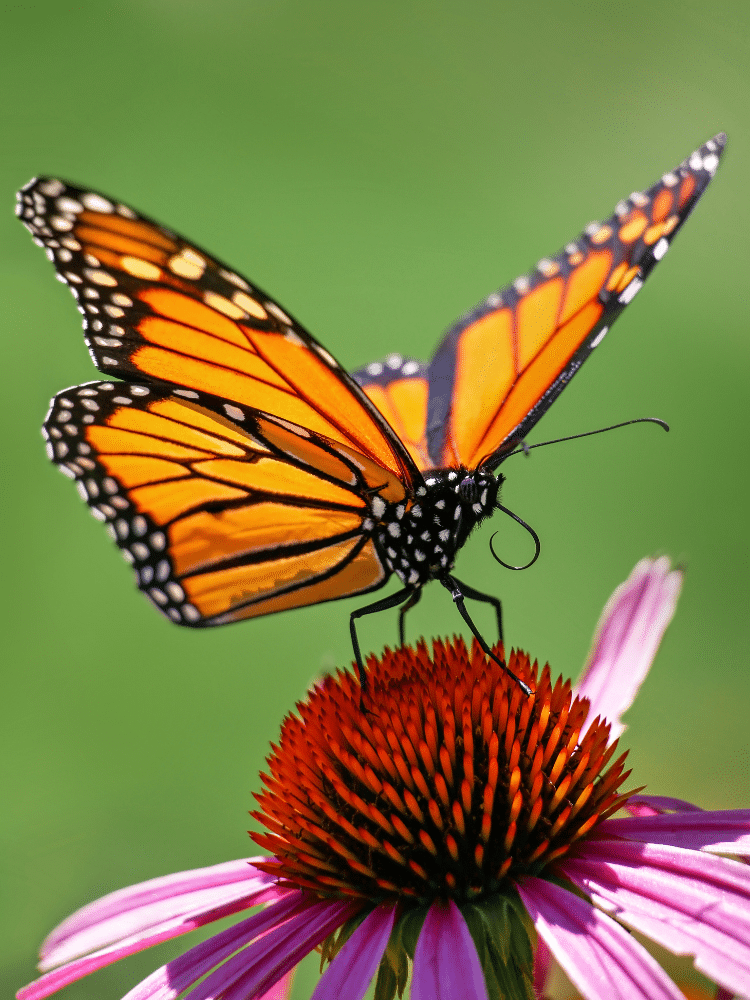Symmetry is likened to a mirror image, with a central axis and identical shapes on either side. In a butterfly, the body is the dividing line. But are butterfly wings symmetrical, or do they have slight differences?
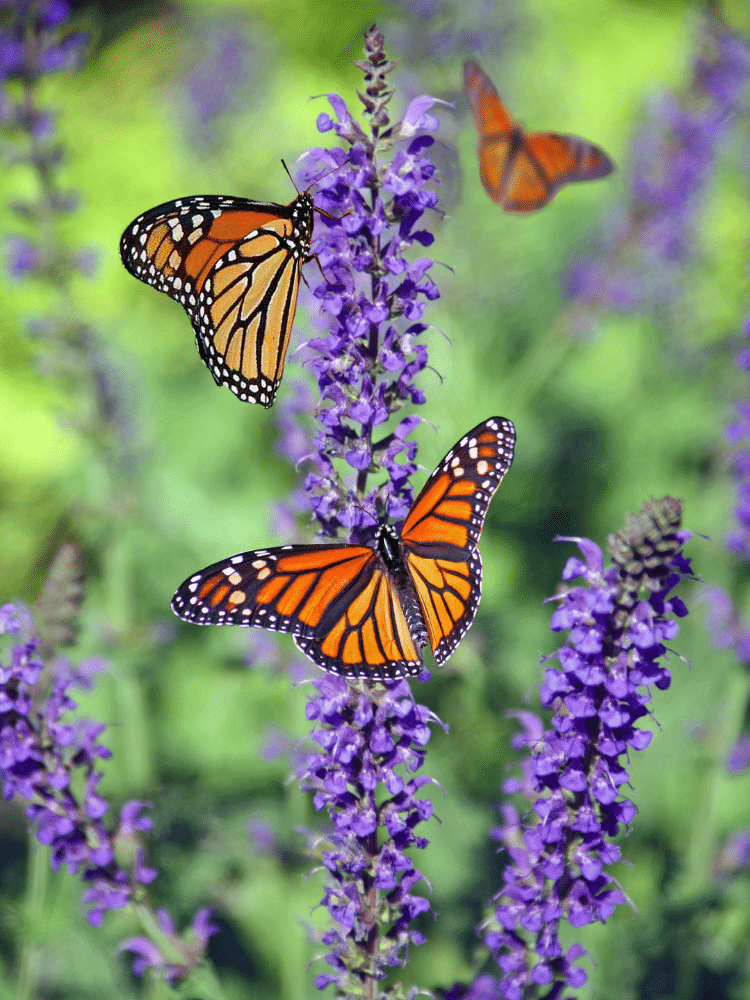
Most butterflies have bilateral symmetry. This is a feature shared with many other animals, too. The butterfly has 4 wings that usually look the same on each side of the wing, though there are a few exceptions.
The rough structure and pattern on each wing will appear the same, but on closer inspection, you may find that some shapes are different in size.
Why are Butterfly Wings Symmetrical?
Symmetry in living creatures is not some random chance. Instead, it has more to do with the laws of physics and evolution.
Going back in time, life in the oceans developed symmetry to propel the creatures forward in the water. As cells develop in various living things, the genes progress by dividing symmetrically. This ensures that all genes are carried forward.
A butterfly’s upper wings may not have the same pattern or coloring as the lower ones. The pattern and coloring of a butterfly are fundamentally ingrained into its genome.
This means that the cells of each species will all share the same genetic coding, giving a species all the exact symmetry.
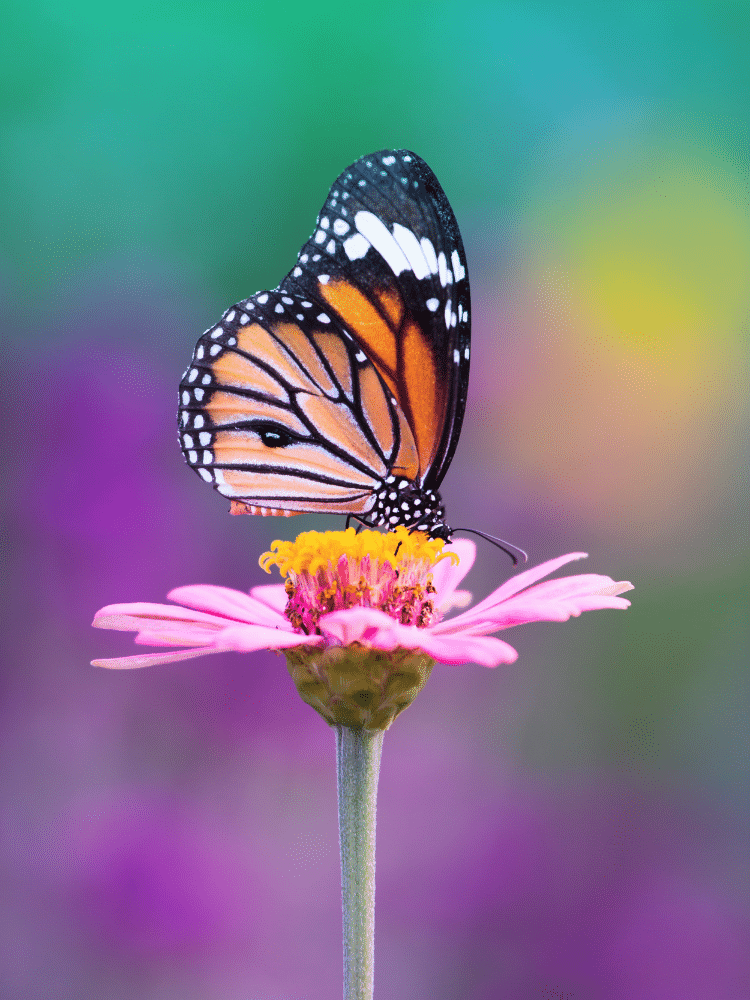
The patterns on butterfly wings can be intricate and further enhanced with flawless symmetry. It could be that the genome has evolved in such a way to make the pattern of their wings look striking to put off predation.
But… and there is always a BUT… Everything can change if a single egg is fertilized by different sperm. Or the parents come from other genomes.
Even worse, on rare occasions, some butterflies can be gynandromorphs. One-half of their body is male, and the other half is female. This can also occur if the cells mutate in development.
The result of such development is likely to be non-symmetrical wings, but it is scarce.
Are All Butterflies Symmetrical?
No, not all butterflies are perfectly symmetrical. While most have bilateral symmetry in their wing patterns, genetic mutations, environmental factors, or injuries can lead to asymmetries.
Are Butterfly Wings Transparent?
The coloring and patterns on the wings of butterflies are made up of scales, like tiny hairs.
Not all butterflies have brightly colored and patterned wings. Some species of butterflies have evolved even further and developed to look almost invisible. One such butterfly is known commonly as the glasswing butterfly.
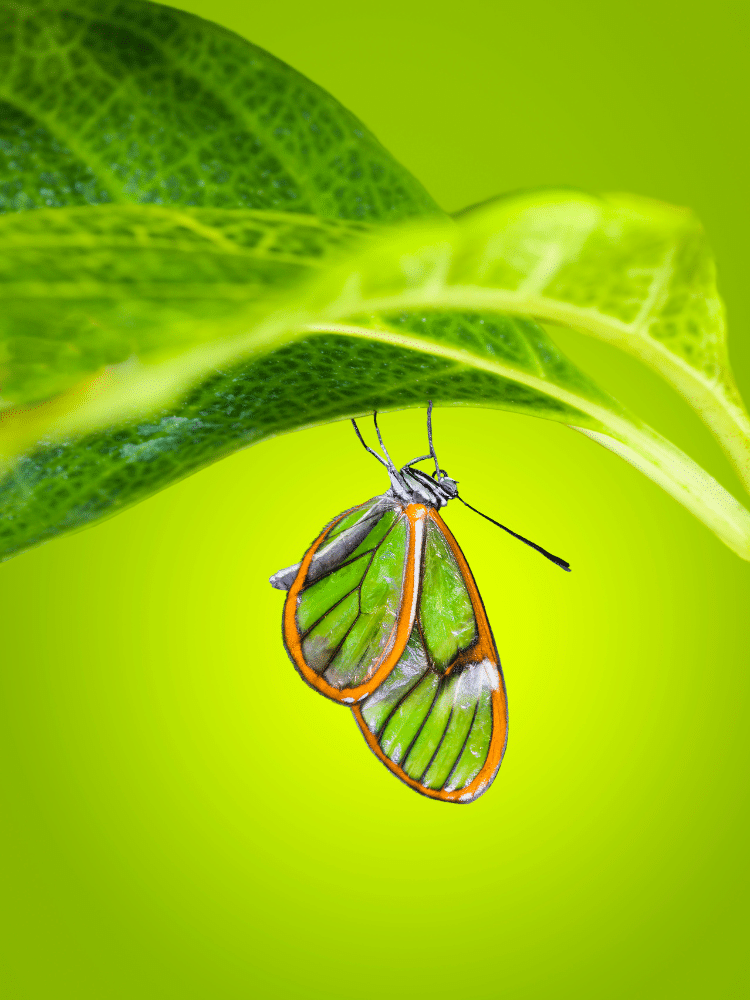
Most butterflies have opaque wings that boast exquisite colors and patterns. The glasswing butterfly has transparent wings and can be found in South America.
As it is a migratory butterfly, it is believed to have transparent wings to avoid predation on its long journey.
You need clever tricks to keep the predators away when traveling around 12 miles a day, at only 8 miles per hour!
Why do Butterflies Have Patterns on their Wings?
There are various patterns to butterfly wings. But what use do they have?
Some have eye spots, which help to scare and confuse predators. Brightly colored wings could be advertising that they are poisonous to put off being eaten.
Even in the form of pupae, the butterfly has evolved to use colors and patterns to blend into the background. Again, for protection against being predated
Having brightly colored wings isn’t only about blending in. Sometimes, they might want to stand out, too, especially when mating.
How they look to potential mates will depend on how the light reflects from their wings as the color pigments change their appearance. Some butterflies may appear iridescent, depending on how the light catches their wings.
Some species of butterflies can use ultraviolet colors in their wings to enable communication. In Asia, there is a dead leaf butterfly, and yes, it looks like a dead, brown leaf!
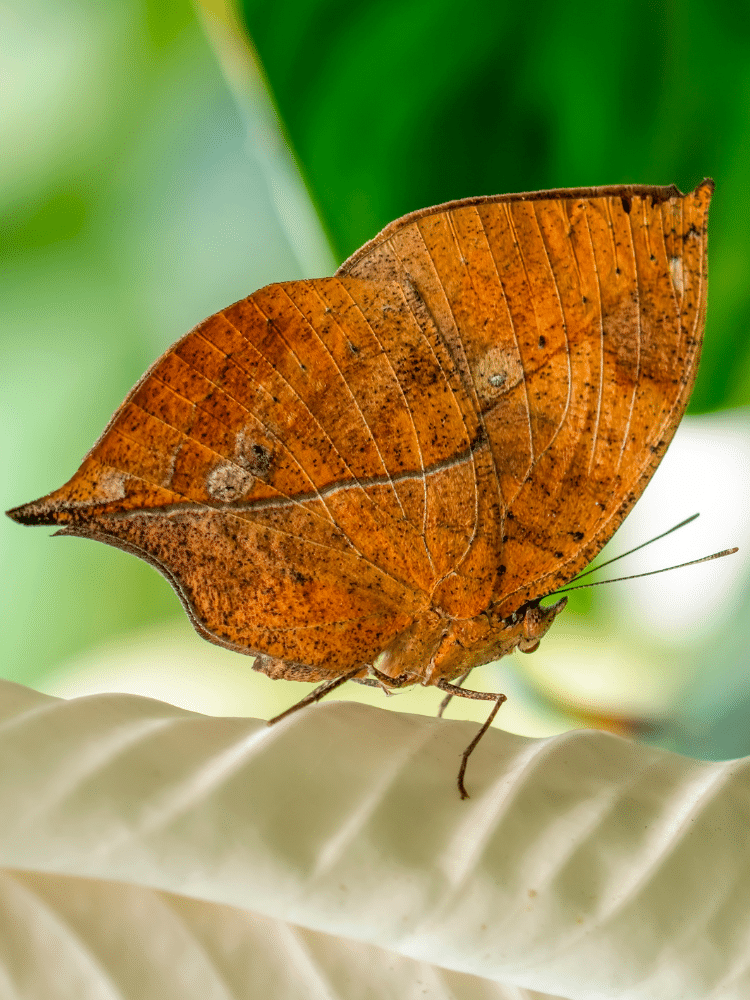
Its veins are darker and resemble the veins in a leaf. As the dry and wet seasons change, it even shows polyphenism. This means it can change its appearance according to environmental conditions.
At the end of the day, how a butterfly looks is dependent on its genes and anatomy. Any particular pattern or color variation has evolved according to the pressures of predation and mating.
Butterfly wings are not only used for flight but are much more complex. There are over 20,000 species worldwide, all believed to have evolved from a single moth. No wonder there’s a lot of gene variation in their development!


